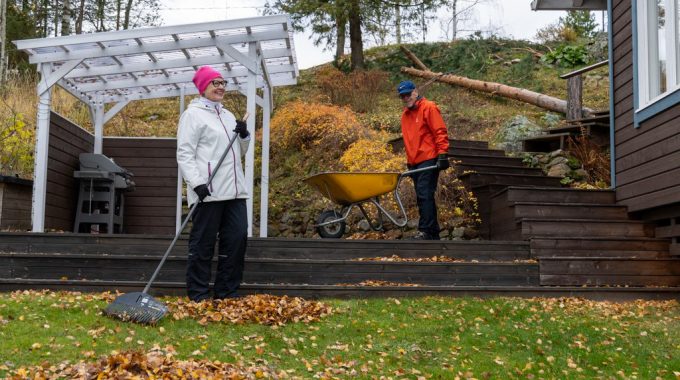
Research news: Out-of-home activity supports independence in old age
– Greater life-space and out-of-home mobility are important to maintain health and independence in old age, Senior Researcher Erja Portegijs explains. This approach may be fulfilling in other ways as well.
Another aim of the study was to define a life-space mobility score that would identify community-dwelling older adults at risk for developing dependence on help in basic daily activities. Appropriate threshold scores may help to find clinical applications for the 15-item questionnaire used to assess life-space mobility. The questionnaire is a translation of the Life-Space Assessment developed by the University of Alabama at Birmingham Study of Aging. The questionnaire, validated for the Finnish context, can be completed independently or administered by interview. It assesses where and how often an individual moves and whether or not he or she needs assistance. Its scale ranges from 0 (does not move beyond the bedroom) to 120 (independently moves daily beyond the municipality or town without a walking aid or personal assistance). According to our study, older individuals who received 52.3 points or less on the scale were more likely to develop a disability within two years.
– A score of 52.3 would likely mean that the individual rarely moves beyond the neighborhood, Portegijs explains. The study also demonstrates that a decline of 11.7 points at least doubles the risk to develop a new difficulty or need for help in essential daily activities.
– For example, when older individuals stop driving or have difficulties to walk, they may not go beyond the neighbourhood every week anymore. Depending on the use of walking aids, such a change would cause a decline of 10–16 points in the life-space mobility score, says Portegijs.
In this project, 848 older men and women who lived independently in the Jyväskylä region in Central Finland were interviewed at their homes in 2012 and again by telephone in 2014.
The research results were published in the international scientific journal American Medical Directors Association on 21 January 2016.
This research was funded by the Academy of Finland’s ASU-LIVE thematic program and the Ministry of Education and Culture.
The Gerontology Research Center (GEREC) is a joint effort between the University of Jyväskylä and the University of Tampere.
For more information, please contact Erja Portegijs, tel. +358 40 481 4347, erja.portegijs@jyu.fi
Portegijs E, Rantakokko M, Viljanen A, Sipilä S, Rantanen T. Identification of Older People at Risk of ADL Disability Using the Life-Space Assessment: A Longitudinal Cohort Study. Journal of the American Medical Directors Association 2016 Jan 21 [Epub ahead of print]. doi: 10.1016/j.jamda.2015.12.010.

